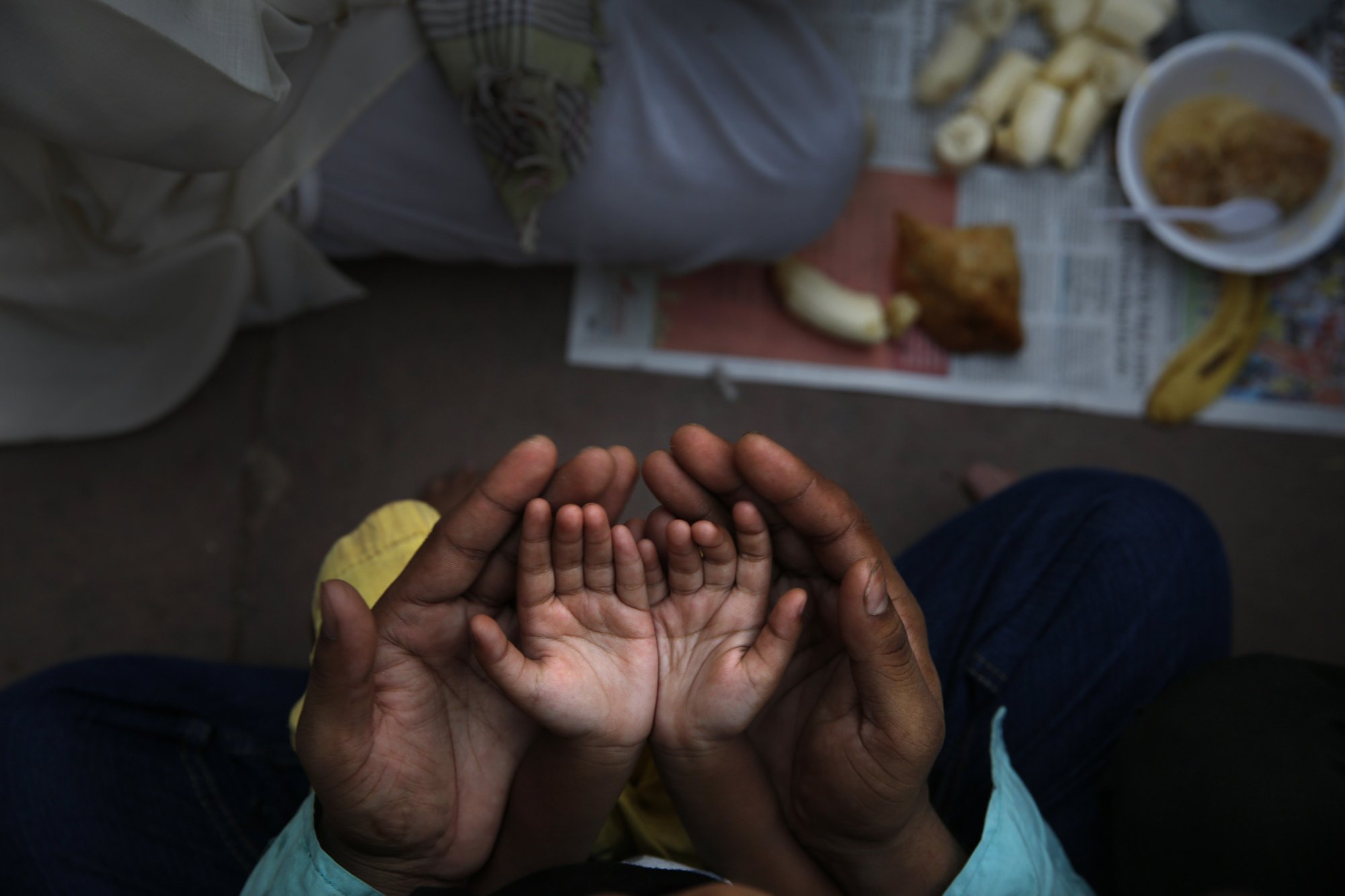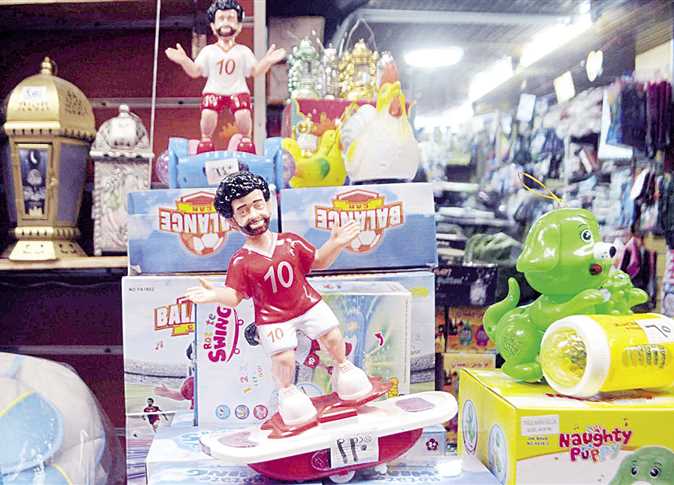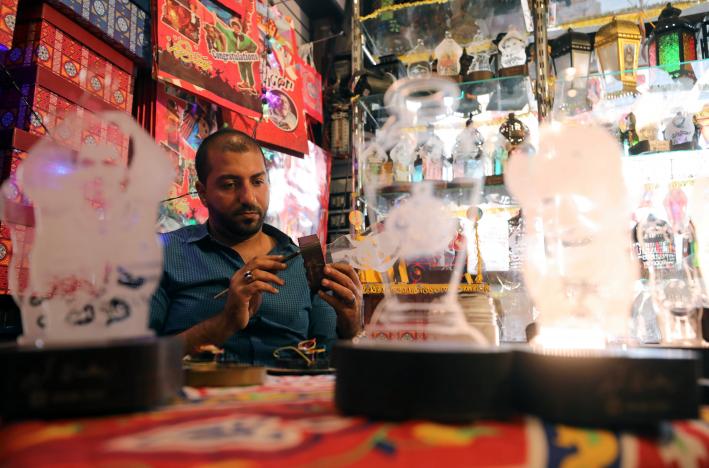Fanous Ramadan (the Ramadan lantern) is an essential part of Ramadan’s magical atmosphere. The origin of the fanous dates back to a celebration during the Fatimid dynasty when Egyptians welcomed the arrival of Caliph Moezz Eddin Allah to Cairo by lighting hundreds of lanterns. Since that time, the fanous has been a staple of the many traditions that characterize the Holy month of Ramadan.
In recent years though, the fanous has transformed into a kitschy plastic toy. Lanterns today can be shaped like Winnie the Pooh, Tweety, and most recently, Il mofatish Korombo (Korombo the detective–an Egyptian cartoon character). With Ramadan beginning in just under two weeks, Al-Masry Al-Youm took to the streets in a search of the perfect fanous–one without blaring music or chipmunk renditions of Wahawy ya Wahawy (a traditional Ramadan song), and most importantly, a lantern made of something other than plastic.
El-Mamalik Citadel Gallery offers a large variety of handmade lanterns, from antique Moroccan to Egyptian Islamic, in different colors and sizes.
A large traditional Moroccan lantern with hand-carved design, dating from 1923, is one of the most eye-catching lanterns in the store. The antique fanous costs LE3000. The gallery also offers an Islamic stained glass lantern for LE800, another unique handmade piece of art.
Prices depend on how old the lantern is, and the size and material used to make it, according to Atef Hamouda, the owner of the gallery.
There is also a less expensive collection of traditional brass Egyptian lanterns on sale, ranging from LE60 to LE250, which can be lit either by candle or electricity.
Hamouda says Chinese lanterns are not, as some fear, taking over the market. “The traditional fanous is still a strong competitor. We receive a lot of orders for hotels and big restaurants and clients still like to hang them up in their balconies or decorate their homes with lanterns,” he says.
Moroccan Konooz (Moroccan Treasures), another home accessories store, displays hanging brass Moroccan lanterns of different sizes, ranging from LE200 to LE450, as well as a selection of engraved lighting fixtures.
“We started in Maadi ten years ago but later on we noticed that Egyptians appreciate our handmade arts and crafts. So we opened a second branch in Zamalek offering authentic pieces from Moroccan cities such as Marrakech and Fez,” says Mohamed Sayyed, who works at the store.
Handicraft is one of Morocco’s principal industries, as Moroccans are well known for their artistry in handmade items, notable among which are jewelry, carpets and ceramics.
“Our gleaming brass and copperware lanterns attract both Egyptians and foreigners. Last Ramadan, we sold the whole stock, so this year we decided to increase the imported number of lanterns,” adds Sayyed.
If you are looking instead for children’s lanterns, the gift and toy store Top Toys has a diverse selection of both decorative brass and plastic toy lanterns.
A new selection of beaded medium-sized lanterns is available at the shop in a variety of styles. You can find shiny lanterns with round beads, red heart-shaped ones with brass wiring, and metal lanterns with embossed multicolored glass panels. They are all designed with a side door allowing a candle to be placed inside.
“They are Chinese-made, but of good quality. We wanted to showcase fresh creative designs suitable for all ages, besides the plastic fawanees (plural of fanous), so that we would satisfy all tastes,” Samiha Fawzy, another employee at the store, says.
The advantage of these designs is that they are not dangerous for children. You can light them with a small artificial candle, sold at the store for LE5, which guarantees their safety.
“Parents always ask for plastic fawanees powered by batteries to avoid a fire hazard. So, we came up with the artificial candle idea, which gives the same result but is much safer,” Fawzy adds.
It seems that, despite our initial worries, the traditional shape of the fanous remains a strong feature of Ramadan.
Moroccan Konooz:
Address: 2 Bahgat Ali Street, Zamalek
Telephone: 02/27353775
El-Mamalik Citadel Gallery
Address: El-Gezira El-Wosta Street, Zamalek
Top Toys store:
Address: 40 Mossadak Street, Dokki
Telephone: 02/37483524, 02/33351711




